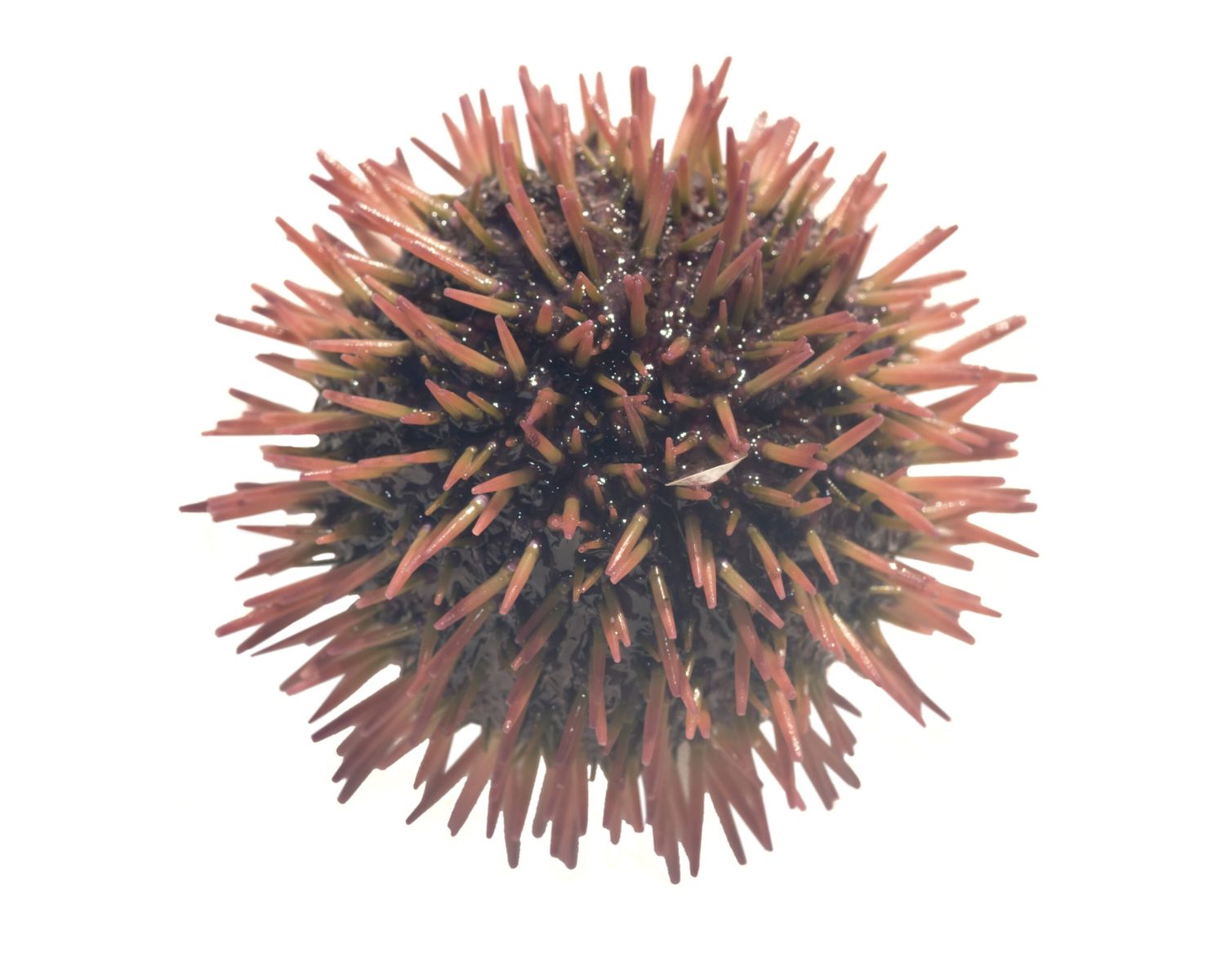
When it comes to fascinating creatures that reside in the ocean, the pincushion urchin definitely stands out. Known for its unique appearance and intriguing behavior, this creature is a favorite among marine enthusiasts. With its spiky exterior and ability to change color, the pincushion urchin is truly a sight to behold. But there’s more to this creature than meets the eye. In this article, we will delve into 20 fascinating facts about the pincushion urchin, from its habitat and feeding habits to its symbiotic relationships and reproductive strategies. So, if you’re ready to dive into the captivating world of marine biology, let’s explore the wonderful world of pincushion urchins!
Key Takeaways:
- Pincushion Urchins are colorful, spiky creatures that play a vital role in marine ecosystems by controlling algae growth and adding vibrant beauty to the ocean floor.
- These hardy sea creatures are popular in saltwater aquariums and are a favorite sighting among divers and snorkelers, thanks to their unique appearance and fascinating behavior.
Pincushion Urchins are Spiny Creatures
Pincushion Urchins, known scientifically as Echinostrephus aciculatus, are small marine animals covered in sharp spines.
They Have a Globular Shape
Pincushion Urchins have a round, globular body shape, resembling a small ball or, well, a pincushion!
They Come in Various Colors
These fascinating creatures can be found in a variety of colors, including shades of orange, purple, green, and even red.
They are Bottom-Dwelling Species
Pincushion Urchins are typically found on the ocean floor, where they use their spines to attach themselves to rocks, corals, or other surfaces.
They Have Numerous Tube Feet
Their undersides are covered in tube feet, which they use for locomotion and capturing food.
Pincushion Urchins Feed on Algae and Detritus
These sea creatures are omnivorous and primarily feed on algae, small invertebrates, and decaying organic matter.
They Play an Important Ecological Role
Pincushion Urchins help maintain the health of coral reefs and rocky ecosystems by controlling algae growth.
They Reproduce by Releasing Eggs and Sperm
During the breeding season, female and male Pincushion Urchins release their reproductive cells into the water, where fertilization occurs.
They Can Live for Several Years
Pincushion Urchins have an average lifespan of around 5 to 7 years, but some individuals have been known to live even longer.
They Have a Unique Defense Mechanism
When threatened, Pincushion Urchins can engulf their bodies with their spines, creating a protective barrier against predators.
They are Found in the Pacific Ocean
Pincushion Urchins are native to the Pacific Ocean, particularly along the coasts of California, Mexico, and Japan.
They Can Have Long and Thin Spines
While some Pincushion Urchins have short and stubby spines, others have long and slender ones, adding to their unique appearance.
The Spines Are Not Venomous
Unlike some other species of sea urchins, the spines of Pincushion Urchins are not venomous or harmful to humans.
They Can Regrow Lost Spines
If a Pincushion Urchin loses a spine, it has the ability to regrow it over time, ensuring its protection and locomotion.
They Play a Role in the Aquarium Trade
Due to their unique appearance and ability to control algae growth, Pincushion Urchins are popular in saltwater aquariums.
They Are Hardy Creatures
Pincushion Urchins have adapted well to various environmental conditions and can thrive in both rocky and sandy areas.
They Can Have Different Patterns on Their Bodies
Some Pincushion Urchins have intricate patterns or designs on their bodies, adding to their aesthetic appeal.
They Are Related to Sea Stars and Sea Cucumbers
Pincushion Urchins are part of the echinoderm family, which also includes sea stars and sea cucumbers.
They Can Serve as Hosts for Parasites
Occasionally, Pincushion Urchins can become hosts to small parasitic organisms, which live on their bodies without causing harm.
They Are Popular Among Divers and Snorkelers
These intriguing creatures are a favorite sighting among divers and snorkelers due to their vibrant colors and unique visual appeal.
So, there you have it – 20 fascinating facts about the Pincushion Urchin! From their spiny appearance to their important role in marine ecosystems, these incredible creatures continue to captivate both scientists and sea enthusiasts alike.
Conclusion
In conclusion, pincushion urchins are fascinating creatures that play an important role in marine ecosystems. With their unique appearance and impressive array of defensive spines, they serve as natural indicators of environmental health. Pincushion urchins also contribute to the balance of marine life by feeding on algae and keeping rocky areas clean. Their ability to adapt to a wide range of habitats and survive in various conditions is truly remarkable.
If you ever have the opportunity to observe a pincushion urchin in its natural habitat, take the chance to appreciate its beauty and discover the wonders of the underwater world. Remember to handle them with care, as their spines can be sharp and potentially harmful. As we continue to learn more about these incredible creatures, let us also strive to protect and conserve their habitats for future generations to appreciate.
FAQs
1. What is a pincushion urchin?
A pincushion urchin is a type of marine invertebrate characterized by its spherical shape covered in numerous long spines. It belongs to the family Echinothuriidae and is commonly found in rocky habitats in coastal waters.
2. What do pincushion urchins eat?
Pincushion urchins primarily feed on algae and other marine plant matter. They use their tube feet to scrape and eat these organisms, playing a vital role in controlling algal growth in their habitats.
3. Are pincushion urchins venomous?
No, pincushion urchins are not venomous. Although their spines may be sharp and can cause injury if mishandled, they do not possess venom or toxins.
4. Can pincushion urchins be kept in an aquarium?
Yes, pincushion urchins can be kept in aquariums. However, they require specific conditions such as suitable water parameters, appropriate substrate, and ample food sources. It is important to research the species’ needs before attempting to keep one in captivity.
5. How long do pincushion urchins live?
The lifespan of pincushion urchins varies depending on the species and environmental factors. On average, they can live for up to 5 to 10 years in the wild.
6. Are pincushion urchins endangered?
While some species of pincushion urchins may be more vulnerable than others, they are generally not considered endangered. However, habitat destruction, pollution, and climate change pose risks to their populations, emphasizing the importance of conservation efforts.
Was this page helpful?
Our commitment to delivering trustworthy and engaging content is at the heart of what we do. Each fact on our site is contributed by real users like you, bringing a wealth of diverse insights and information. To ensure the highest standards of accuracy and reliability, our dedicated editors meticulously review each submission. This process guarantees that the facts we share are not only fascinating but also credible. Trust in our commitment to quality and authenticity as you explore and learn with us.


